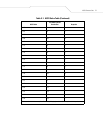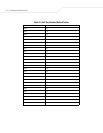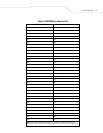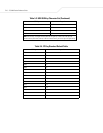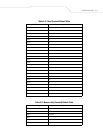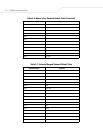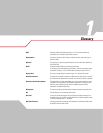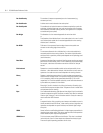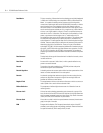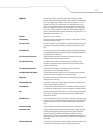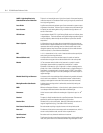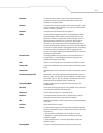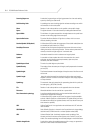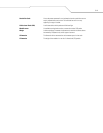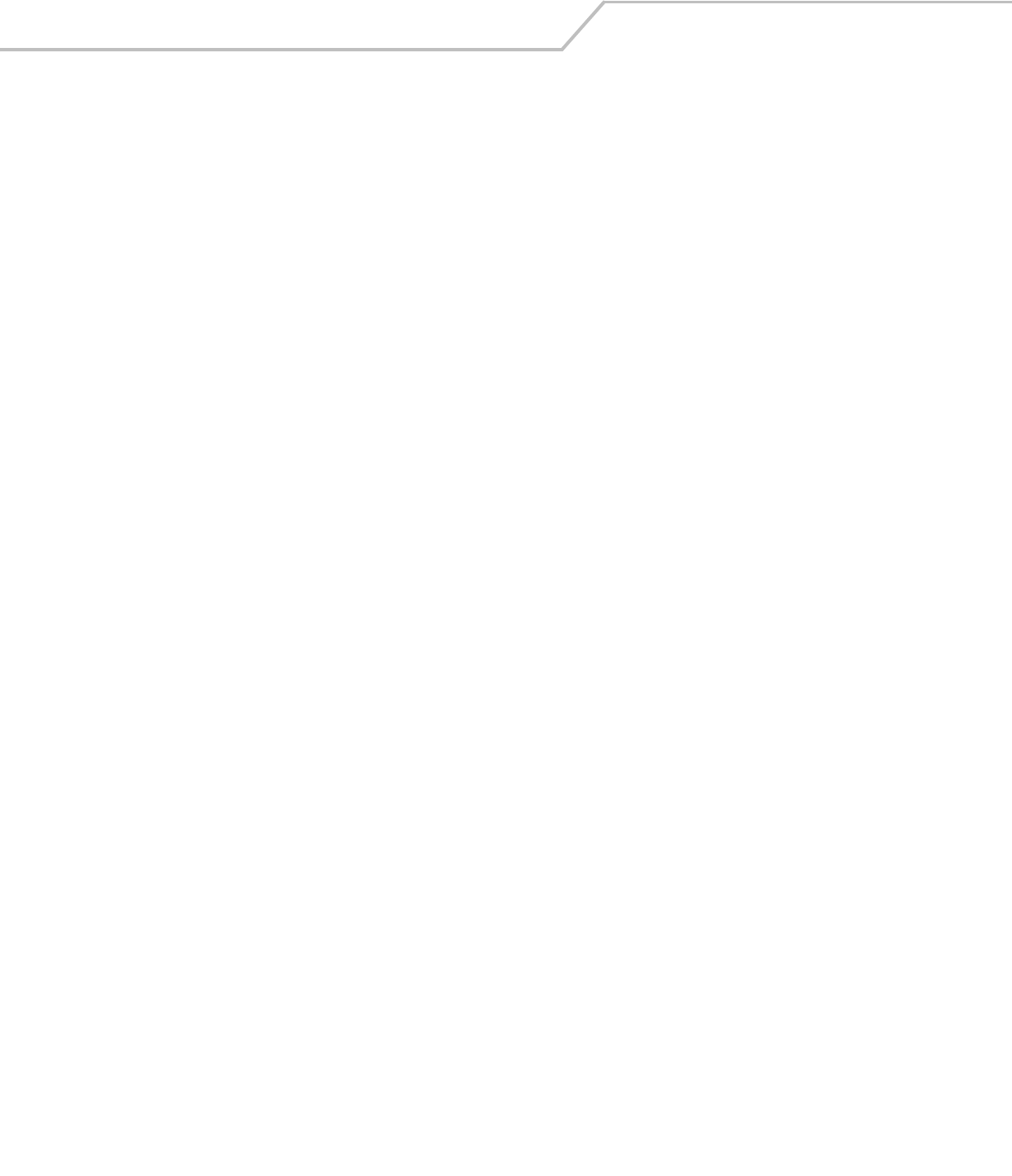
DS 3408 Product Reference GuideGL-2
Bar Code Density The number of characters represented per unit of measurement (e.g.,
characters per inch).
Bar Code Reader A device used to read or decode a bar code symbol.
Bar Code Symbol The combination of symbol characters and features required by a particular
symbology, including quiet zones, start and stop characters, data characters,
check characters and other auxiliary patterns, that together form a complete
scannable entity (see symbol).
Bar Height The dimension of a bar measured perpendicular to the bar width.
or
The dimension of the individual bars in a bar code symbol or in a row of a multi-
row, 2-dimensional symbol that is measured perpendicular to the scanning
direction (see Y dimension).
Bar Width Thickness of a bar measured from the edge closest to the symbol start
character to the trailing edge of the same bar.
or
The transverse dimension of an individual bar in a bar code symbol that is
measured parallel to the scanning direction. The number of possible width
variations within a particular printed symbol depends on the symbology used
(see X dimension).
Baud Rate A measure of the data flow or number of signaling events occurring per second.
When one bit is the standard "event," this is a measure of bits per second (bps).
For example, a baud rate of 50 means transmission of 50 bits of data per
second.
Bi-directional Denotes that a machine-readable symbol can be read successfully in two
directions – either backwards or forwards. Also identifies a scanner that can
operate or a bar code that can be read independent of scanning direction.
Binary Denotes a numbering system to base 2 in which numbers are expressed as
combinations of the digits 0 and 1 with positional weighting based on powers
of 2. In computing, these can be represented electrically by 'off' and 'on'
respectively or in machine-readable symbols by narrow and wide elements or
by the absence or presence of a bar module.
Bit Binary digit. One bit is the basic unit of binary information. Generally, eight
consecutive bits compose one byte of data. The pattern of 0 and 1 values within
the byte determines its meaning.
Byte On an addressable boundary, eight adjacent binary digits (0 and 1) combined in
a pattern to represent a specific character or numeric value. Bits are numbered
from the right, 0 through 7, with bit 0 the low-order bit. One byte in memory is
used to store one ASCII character.
or
A sequential series of bits comprising one character and handled as one unit.
Usually encoded in the ASCII format, a byte usually consists of eight bits and
represents one alphabetic or special character, two decimal digits or eight
binary bits.
CDRH Center for Devices and Radiological Health. A federal agency responsible for
regulating laser product safety. This agency specifies various laser operation
classes based on power output during operation.
CDRH Class 1 This is the lowest power CDRH laser classification. This class is considered
intrinsically safe, even if all laser output were directed into the eye's pupil.
There are no special operating procedures for this class.




